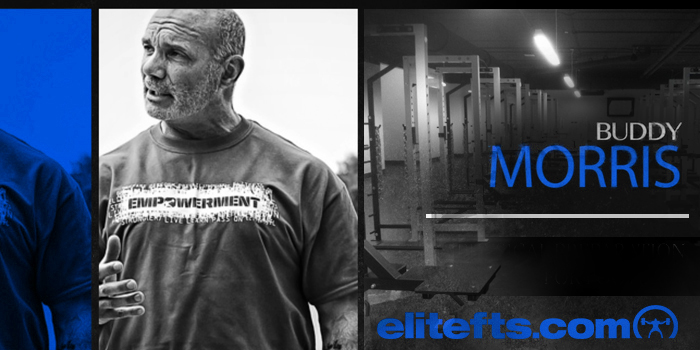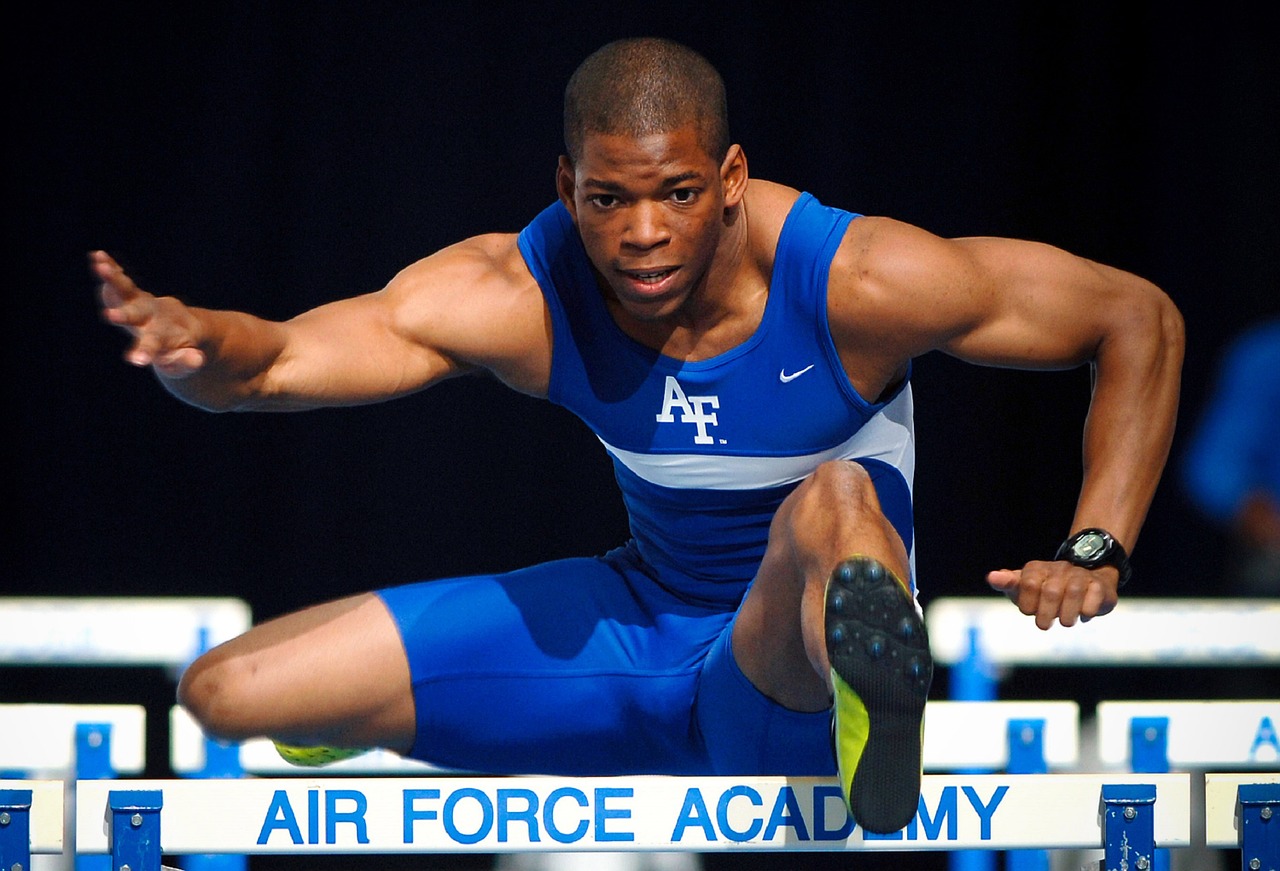
This article is from Buddy Morris' presentation at the 2015 elitefts Sports Performance Training Summit.
The human body is nothing more than an interdependent matrix system that communicates with and amongst itself all day long through electronically charged molecules. You are an ever-evolving and fluctuating organism that is self regulating and super-compensating. You are nothing more than a bio-electrical field that is built on one thing. What is that one thing? Survival. That's the whole basis of adaptation.
We live in a world where information changes rapidly. Information is delivered in inseminate to society at an alarming rate. The problem is now the internet. The internet makes it seem like nothing ever happens before 1990. There were just a bunch of guys walking around with our heads chopped off. Just guessing. There were no books. No body talked to any body. There was no research. Nothing happen until the internet came on site.
The problem is that this creates the illusion of the expert or what I call “The Guru on the Mountain.” Unless you know what you are looking for, too many people buy into what The Guru on the Mountain says. He's read a couple lines and now all of the sudden he's an expert. It's amazing how the less they know, the more strongly opinionated they are. This idea of The Guru on the Mountain has made me realize the importance of how we need to understand the role of adaption and how the body responds to the external stimuli or training structures we've put on it, as I'll bring up in a couple of minutes here.
We're really not coaches of preparation. We're stress managers. How do you manage the stressors that are imposed upon your athletes? This is our job. We are stress managers; we are innate problem solvers. We don't give the human body enough credit. We really don't. The human body is not stupid, people. The human body has an unbelievable ability to figure things out. In fact, when you look closely, it doesn't take much to see how, atomically and anthropomorphically, we are all different.
There is going to be variations in everybody's moving patterns. If I give everybody the same complex motor task to solve, we're all not going to solve it the same, are we? We're going to solve it based on what's most efficient for our body. When my daughter was going to be a nurse, I told her that there were two things she had to understand: that skeleton that hangs in the corner of the doctors office is the perfect skeleton. That's not everybody. Everybody is uniquely built differently. Everybody structurally is differently. The second thing I made her do is read the book The Stress of Life by Hans Selye, the Canadian endocrinologist who coined the term stress. If you’ve read this book, you know it’s a great precursor to a nap isn't it; one page and I'm out like a light. But it's a book that I think everybody needs to read to understand how the body adapts to stress and how uniquely each individual handles stressors.
If we all did the same work out on the same day we would all have a different response, would we not? We don't all respond the same. That's the greatest thing about the human body: from an organism standpoint, everybody is structurally different. We don't all respond to the same to the same training methods. That's why I’m no longer a Plan A guy; I'm a Plan B guy. Things don't go according to plan? They never have, they never will. You don't believe me? Ask the guy who had to program for D-Day.
One common trait amongst all athletes is what? Movement. You've got to be able to move, no matter how strong you are. Larry Fitzgerald is not the strong human in the world, but he's one of the best, isn't he? There has to be a balance in everything we do. Not one vital motor task dominates over the other ones. If it were all about strength, trust me, I'd go strictly Westside and that would be it. But it's not all about strength. There are many different vital motor we have to develop in our athletes to help them achieve optimal performance levels.
As I said before, all movement begins in the brain. If you really want to get the brains attention, slow things down. Or better yet, create awareness. Awareness creates cognition. Cognition creates motor learning. You'd be surprised what happens when you make somebody aware of something and slow things down and allow the brain to figure things out.
One of the ways we ingrain in our athletes the bio-mechanical application of sprinting is to have them lay on the ground. They’re going to think, “Lay on the ground? We don't sprint and lay on the ground.” No, we don't. What happens when you lay on the ground? You become totally relaxed. The body doesn't have to seek stability. What are you going to do? Fall? You're already on the ground. The degrees of freeing the motion or freeing the movement opens up tremendously.
WATCH: Buddy Morris's Physical Preparation for Football
The way we do it to start getting the brains attention, especially in people going through an ACL injury like Carson Palmer, is to have them lay on the ground and very slow calf smash, step toe over knee.
Now, understand this. When we teach the calf smash, step toe over knee, the difference between a lead sprinter and a beginning or intermediate sprinter is first of all nobody lands on their center of mass when they sprint. Nobody. The difference is that the elite sprinter will only land six to eight inches in front of their center of mass and the intermediate or beginning sprinter will land eight to 12 inches. That's a significant difference.
We teach the calf smash, step toe over knee. We teach the heel strike to be on the toes of the ground support leg. When they get very good at that, we start placing them against the wall. They push away against the wall, so now they start to feel pressure or tension under that ground support leg as they preform the calf smash, step toe over knee. Then we stand them up and do it. Then we move into our basic power speed drills.
We always maintain thought and it's always programmed into our active dynamic warm up to lie down on the ground and do the calf smash, step toe over knee. That is always held within so it is retained somewhere within our programming.











1 Comment